What To Do If A Deer Attacks Your Dog? Here’s The Answer!
Your dog may experience many outdoor perils, including a deer attack. Do you know what to do if a deer attacks your dog in such a case?
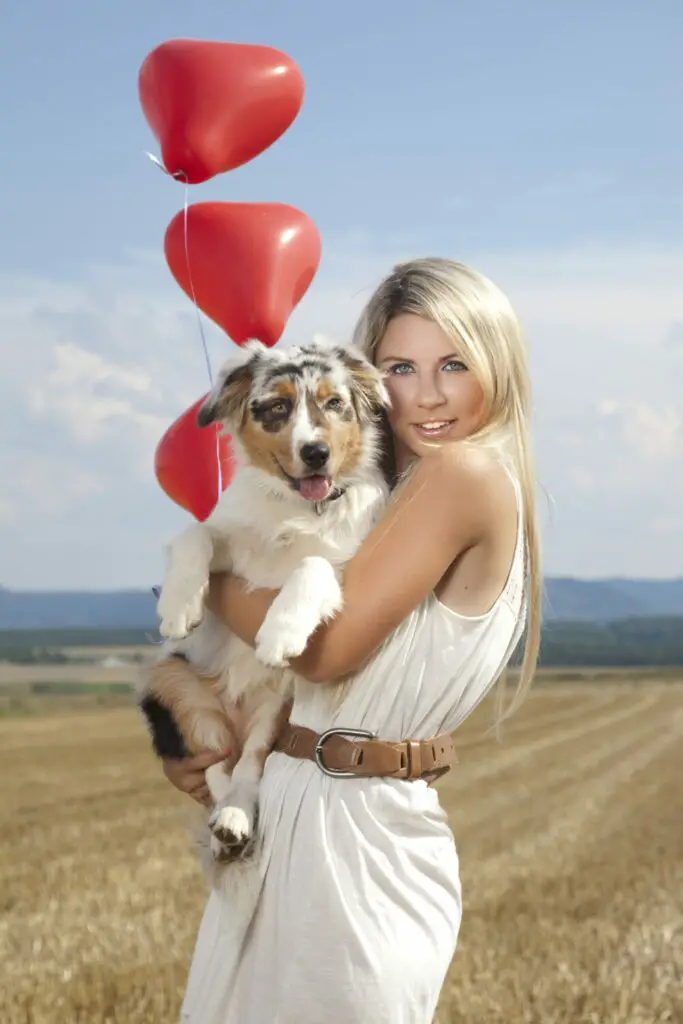
As experts put it, dogs and deer don’t mix. One is a predator, and the other is a forager – both of which can turn hostile should their paths cross.If you’re worried about the deer population in your area, you’re on the right post. Here, I will discuss deer encounters, how you should approach them, and how to prevent harm to your dog.
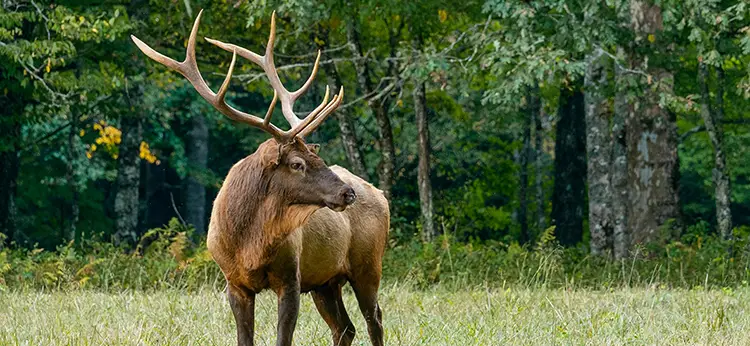
What causes a deer to attack a dog?
Before we go into the must-dos, allow me to discuss why deer attack dogs in the first place. Then, the specific part will help you address the possible attack even better.
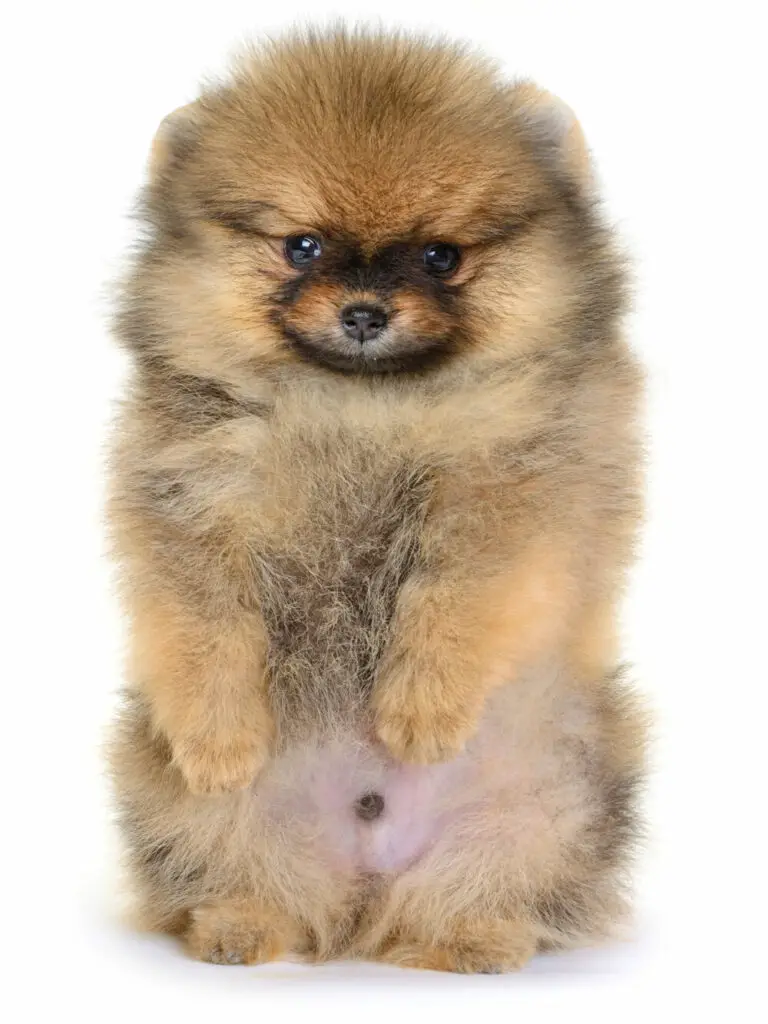
So if you see a fawn, always remember that its mother is just nearby. Likewise, you should ensure that your dog won’t get nearer to the little deer.
Your dog started the fight
If the attack happened outside the mating season, you should consider the possibility that your dog triggered the deer.
In general, deers are foragers, and canines are predators. So if your dog’s breed has a high prey drive, it’s possible that he started the fight.
Like any other animal, deers will defend themselves against any harm.
What should you do if a deer attacked your dog?
If your dog gets attacked by a deer, here are a few things you should keep in mind:
First, don’t try to carry your dog
According to Sgt. Denny Chretien of BC Conservation Officer Service, you should let your dog walk on its own during a deer attack. Carrying the pup on your arms will just make the aggressive deer chase and attack both of you even more.
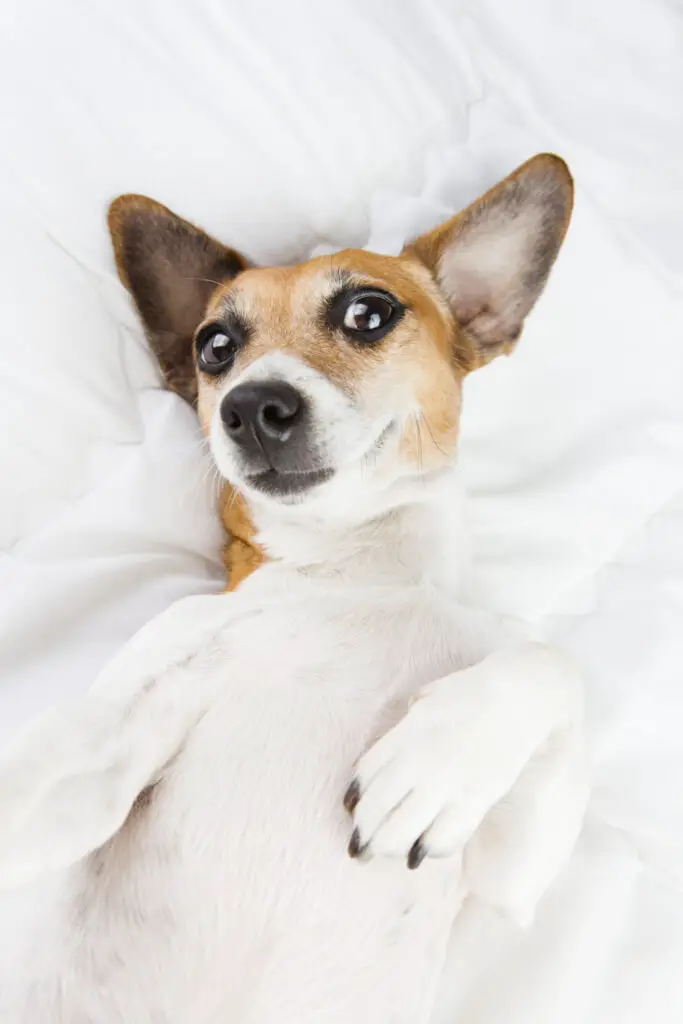
Also, you should never use your body to shield your dog against the deer. Doing so will give you and your dog serious injuries.Sgt. Chretien gave this advice after a Kimberley woman walking her dog sustained severe injuries after a deer attack.
Instead of holding your dog, try to get out of the area while holding the leash. You should seek shelter or any blockage that could help discourage the deer from chasing further.
Once you’re at a distance, a doe will usually lose interest. Still, you should vacate the area as soon as possible as there could be other aggressive deer lurking around.
Don’t panic
Panicking will just make the deer agitated. Worse, such agitation can escalate the situation and put your dog into more harm.
Your goal should be to get away from the deer as much as possible. Never try to wrestle with the deer; you have no way of winning.
Check your dog’s condition
After finding a safe spot, the first thing you should do is check your dog’s body. Look for any wounds or signs of physical attack.
If your canine is badly hurt, you should drive straight into the nearest veterinary clinic. Never try to self-medicate a deer-inflicted wound because it’s prone to infections.
You should still get your dog checked even if it only received minor injuries. This is because deer can potentially transmit rabies in dogs.
Report the incident
It’s crucial to report the incident to the authorities to issue a warning for other visitors. This will prevent other incidents of attacks.
You can call your local police department or an animal control agency near you. You can do this once your dog is being treated at the vet.
In most cases, the authorities won’t touch the deer, especially if it’s the animal’s natural habitat. So with that, the purpose of this step is prevention and caution to other dog owners.
How do you keep your dog safe from deer conflict?
Prevention is always the best solution when it comes to deer attacks. Here are a few tips that will keep your dog safe from another buck in the rut:
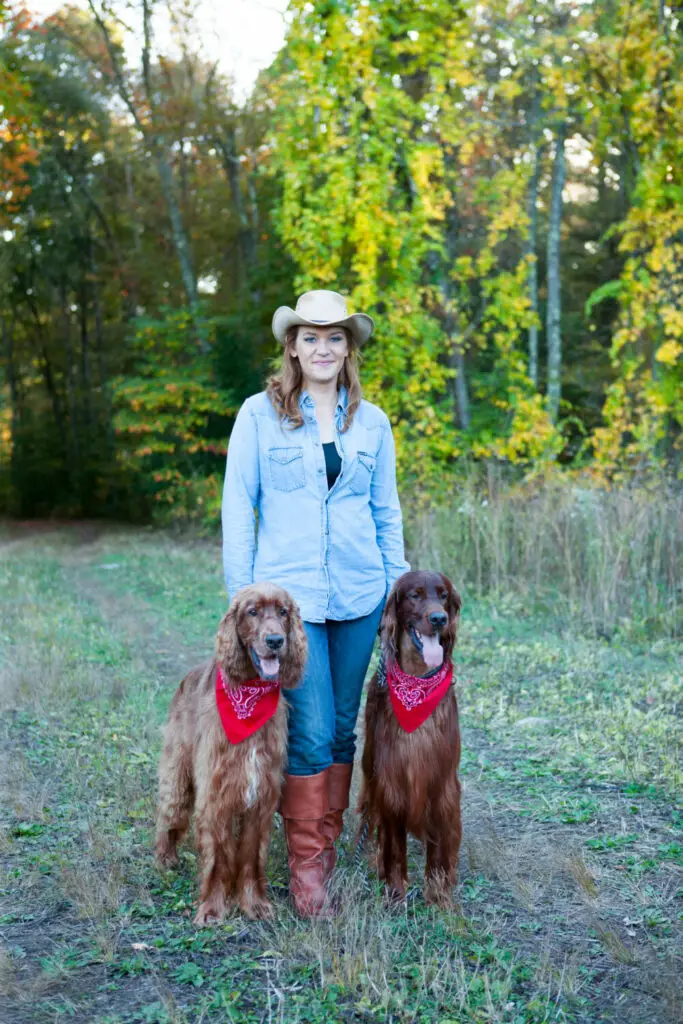
Know where the bucks are
If your area is notorious for fawning and deer mating, you should do your research first. You should also check reports and bulletins regarding recent animal attacks in the area.
This way, you’ll know the places to avoid when walking your dog. Also, it’s best to avoid going to the woods during these periods as there can be a bunch of antlers around.
Go over to a safer area
If a deer starts to follow you, you should guide your dog in the opposite direction. Go as far away as possible until you’re sure that the deer is no longer pursuing your dog.
Also, if you find a dead fawn, you should leave the area instantly. The presence of the fawn means that a mother is around, and it wouldn’t like finding its baby dead.
Keep your dog leashed outdoors
No matter how dog behaved is, it would help if you always kept it leashed outdoors. This will stop the puppy from chasing after a fawn, which can end up in the herd’s lair.
Keeping your dog leashed will also give you control during attacks. However, remember that dogs can retaliate toward the deer, leading to more problems.
Appear big!
During an encounter with an aggressive deer, you can make yourself appear bigger. This will help prevent the situation from escalating.
By doing this, you’ll appear larger, and there’s a chance that the deer will be scared. You can also make loud sounds while trying to appear bold to the animal.
Keep your yard safe
To prevent deer from attacking your dog, you should also remove any attractant on your property.
First of all, you should remove any food sources. Deer like nuts, grains, mushrooms, and grass, so you should limit or remove this if possible.
Also, you should consider using a motion-activated sprinkler. The sudden spray of water will scare the deer so that it won’t charge at your dog.
Above all, you should keep your property well-fenced to deter the entry of wild animals. This will also stop your dog from running away.
How do you tell if a deer is going to attack?
One way to prevent a deer attack on your dog is to understand the animal’s body language.
Most of the time, an aggressive dear will have its tail tucked under its rump. This is accompanied by stiff and dropping ears as well as a heavy walk.
Aside from that, a provoked deer will have its head flat above the shoulders. Its nose will also be held upward as if inspecting the scent of your dog.
Another tell-tale sign is a laser-focused stare on your canine. Once you see any of these, you should leave the area and seek a safer place.
Conclusion
Knowing what to do if a deer attacks your dog will save both you and your pet’s life. Such knowledge should be a combination of reactive and proactive solutions.
Also, remember that deer are natural inhabitants of nature. As much as they can cause harm, respecting their territory is still important.
